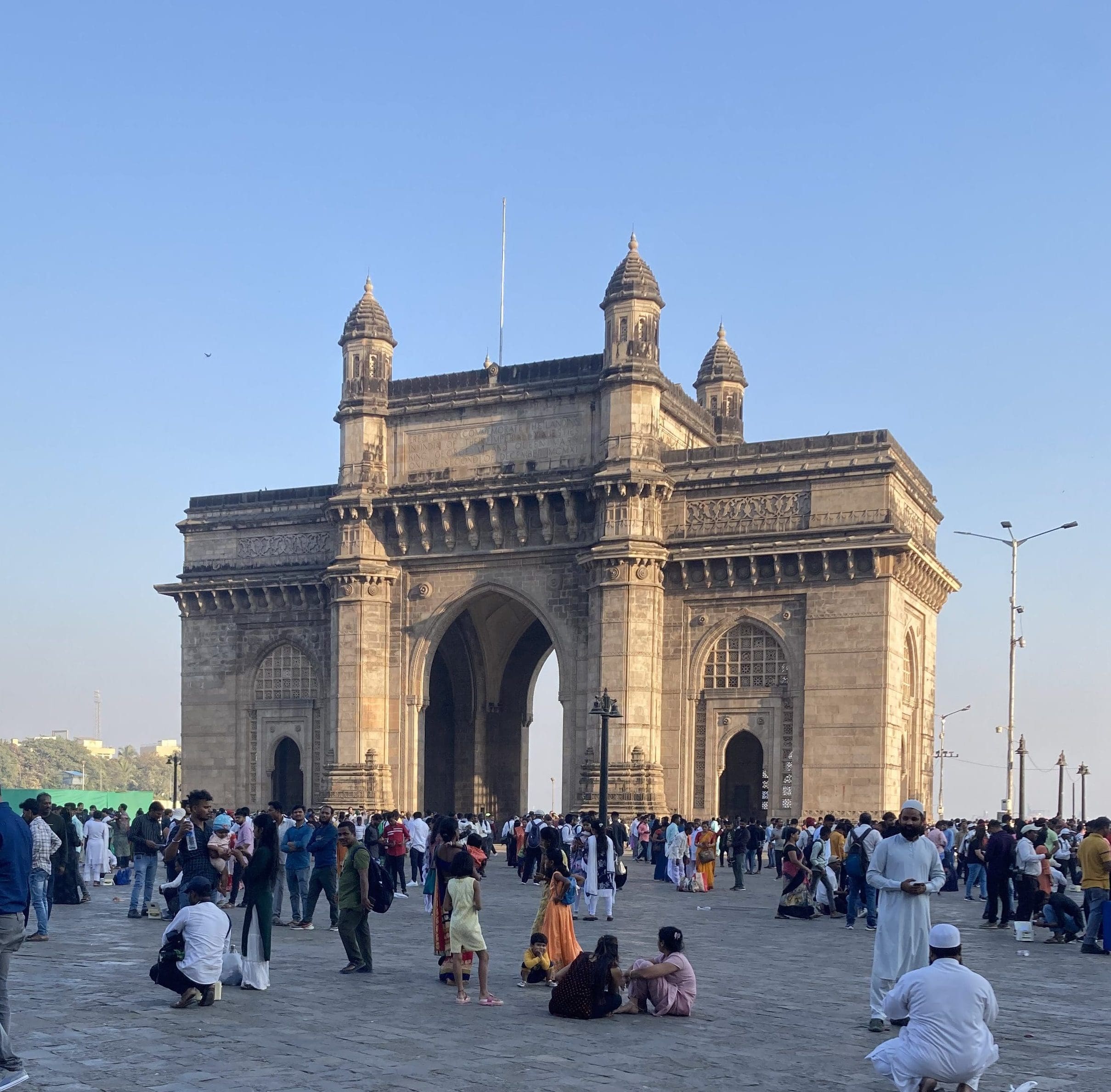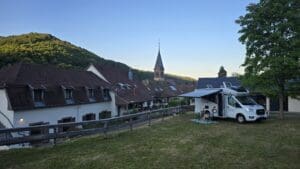This is the first part about our trip to India. Here you can find parts two, three, four, five, six, seven and eight.
We had read a lot about India before we went but I can honestly say that there is nothing that can prepare you for the real experience. The first thing you notice is the traffic. An incredible amount of cars, motorcycles, mopeds, bicycles, buses, trucks, animals and auto rickshaws all fight for space on the roads. The vehicles drive criss-crossing the lanes without any order whatsoever, but at the same time the drivers seem to be equipped with eyes in the back of their necks and an absolutely unparalleled simultaneous capacity. In the midst of all this, people walk around, completely unconcerned, to sell things, pick up trash, or just to cross the road.
I still think the record was when we were traveling at maybe 70km/h, with five cars abreast on a three-lane road, when all of a sudden a car comes in the opposite direction and in the same lane. I myself almost had a cardiac arrest and the only one who seemed unaffected was the driver who used to steer away without moving a second.

Once you get out of the car, you are greeted by all imaginable and unimaginable smells accompanied by a cacophony of sounds. Add to this an unlikely amount of people dressed in colorful colors. You still have to consider that Mumbai has more inhabitants than Sweden, Norway, Finland and Denmark combined in a relatively small area, so I feel for once that I am not exaggerating.
The funny thing, however, is that at first you only see the chaos, but once the senses get used to it a little, you start to realize that there really is a very well-functioning and ingenious system where everyone helps each other to make sure it still works. Incidentally, that's one of the things that made the most impression on us, all these amazing people. Wherever you were, you were always met by kindness, generosity, helpfulness, humor and a large portion of curiosity.


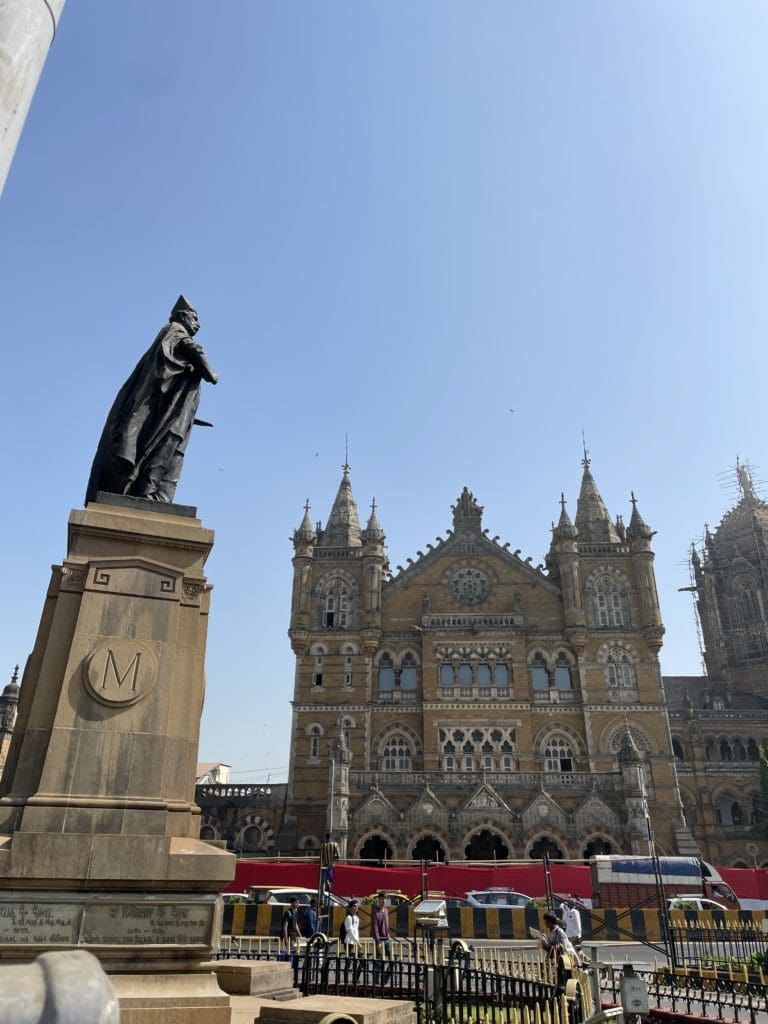


One of the days we went to Victoria Terminus which is a beautiful train station in old Gothic style. Like all landmarks built during the English rule, it has been given a new name, in this case the accessible and convenient Chhatrapati Shivaji Maharaj Terminus. Parts of the station look more like a church with their high vaults and beautiful decorations.



The driver looked at us very strangely when we said we wanted to walk the scant three kilometers from the station to the Gateway of India but it was really nice to stretch our legs a bit. Incidentally, it is something we noted on our trip that you really don't go further than you have to. If you have to go further than 500 meters, you take some kind of vehicle.
On the way we found an interesting museum, the Prince of Wales Museum, or rather Chhatrapati Shivaji Maharaj Vastu Sangrahalaya. In addition to the building itself being clearly worth seeing, there was a real cultural treasure in the form of statues and paintings.

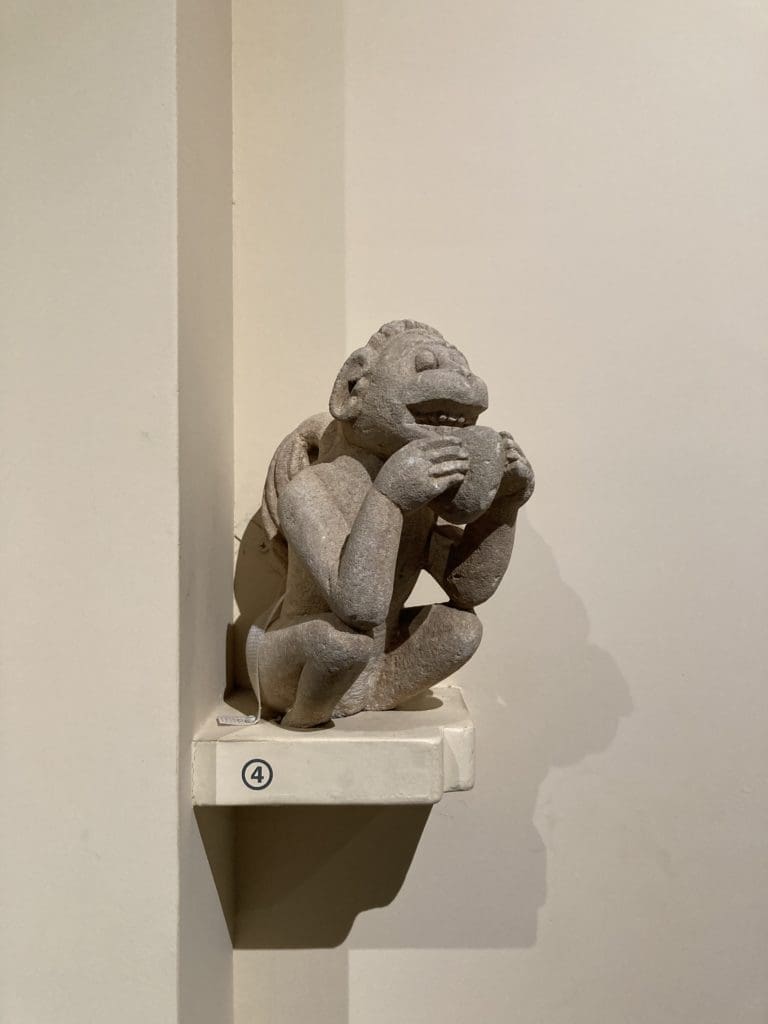
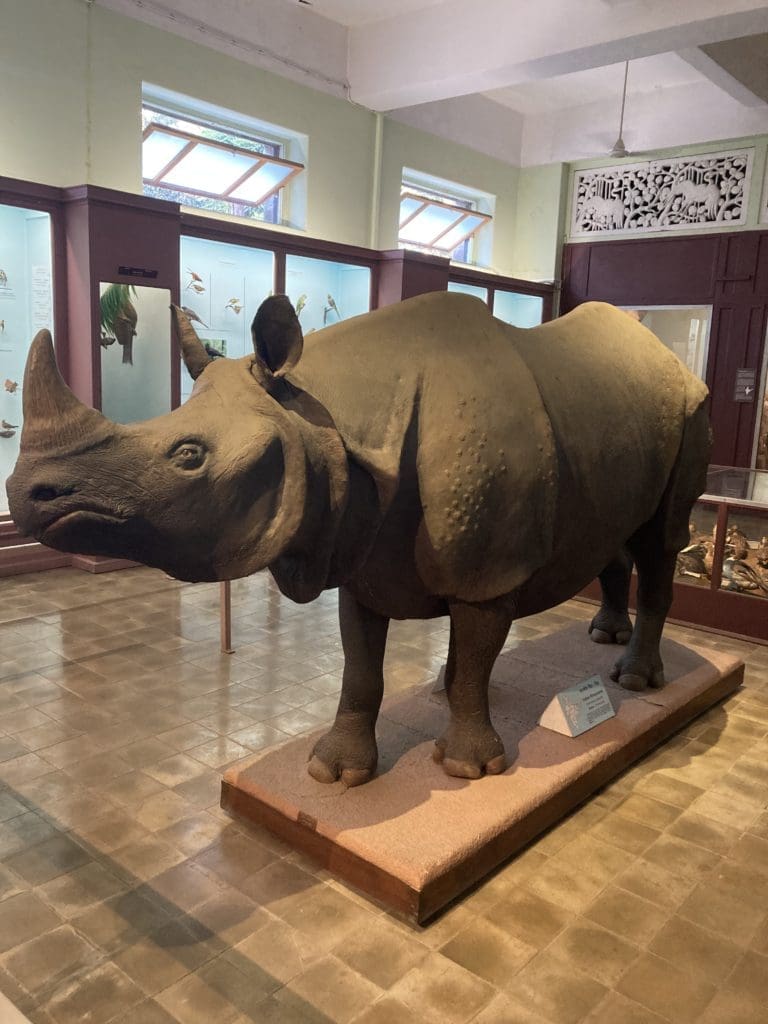
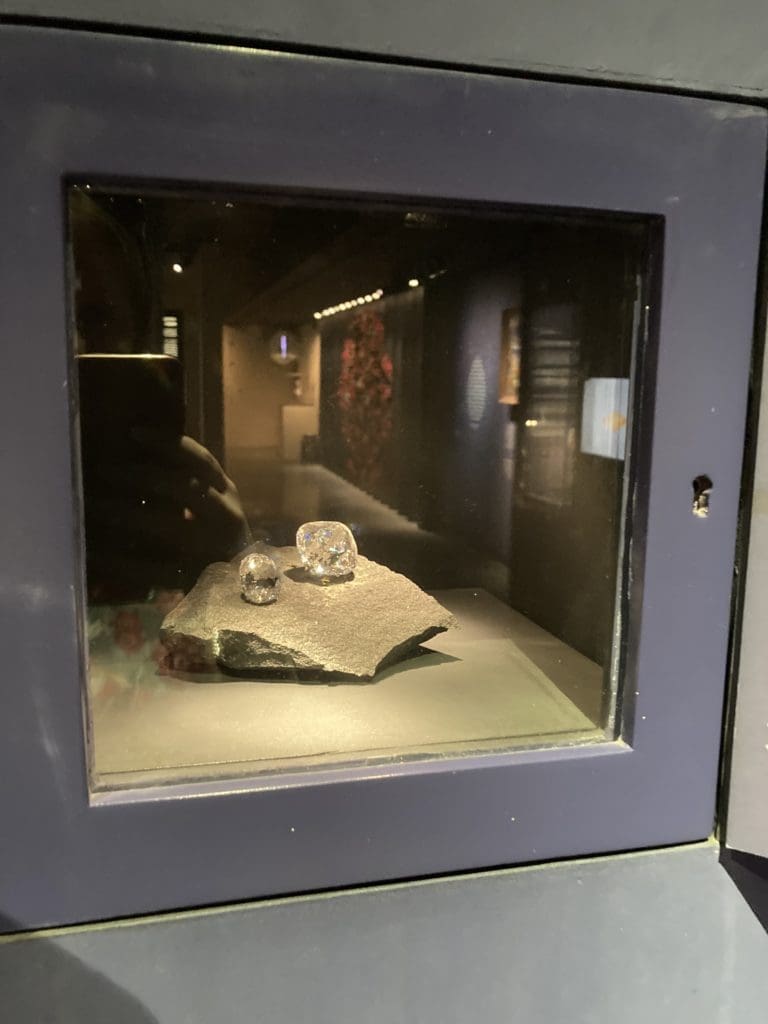
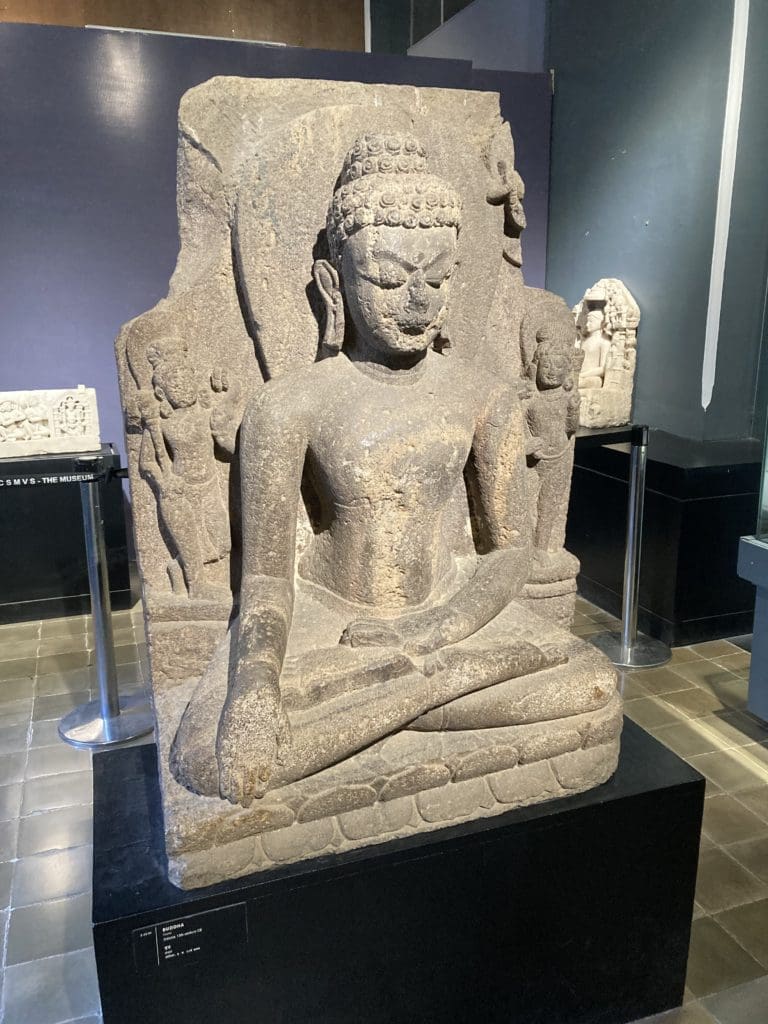
A funny episode took place in the part of the museum that had stuffed animals. There was a whole school class that marvelled at the exotic animals but when we showed up, they completely lost interest in them as it was now the strange Westerners who were the attraction. This was something we encountered many times during our trip. We were told that many of the younger people and those living in rural areas had never seen a "pale face" like us, largely because tourism had not really taken off after the pandemic.
However, we got something positive out of the exchange when we later used their school police to get us across the road. Incidentally, this crossing the road was something that normally required some courage. When we first came to Mumbai, we stood on the side of the road waiting for an opening to cross. However, it was quickly noticed that there is never a gap, which means that the only way to cross a road is to bravely step straight into the traffic. It took a few tries before you dared, but the fact is that it works perfectly as the cars somehow magically drove around the person crossing the road. Incredibly effective but not good for the heart.
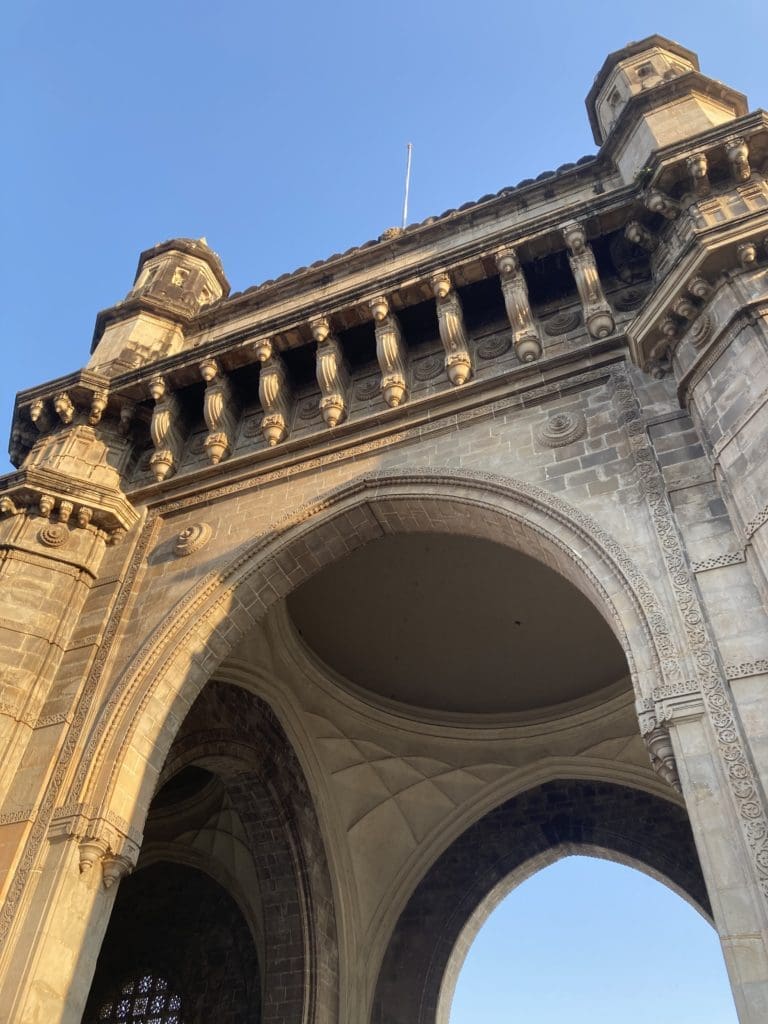

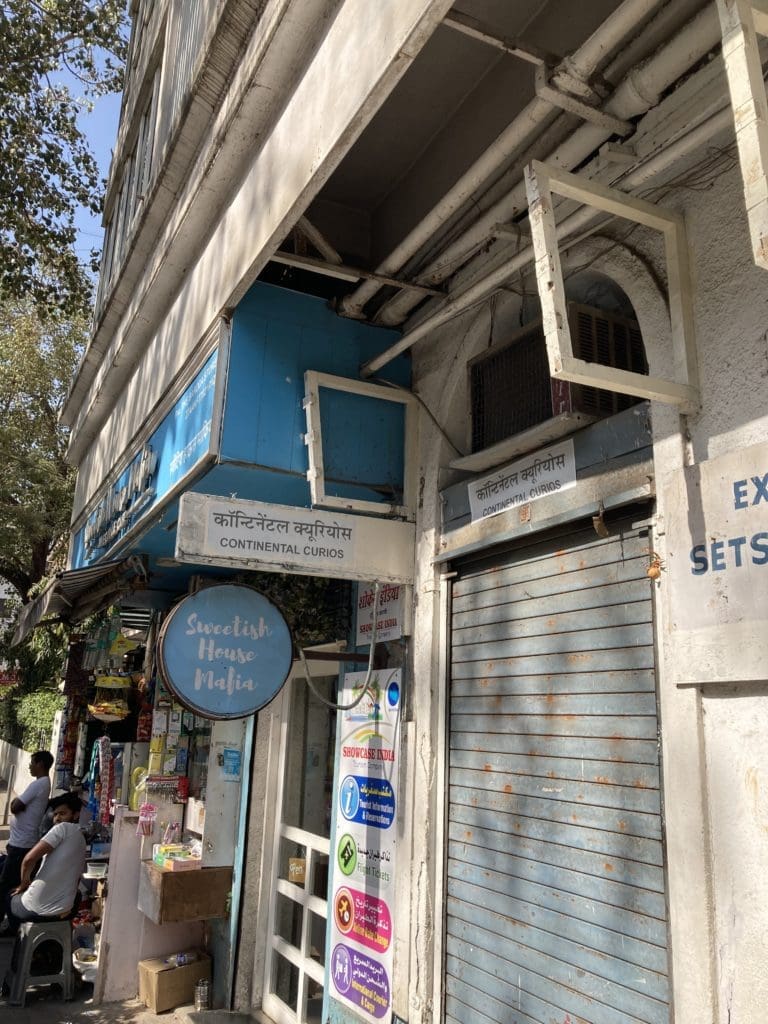

The Gateway of India was built to welcome King George V as he was the first regent to visit India. In the area there are also lots of other attractions, restaurants and luxury hotels. Also note the funny blue sign in one of the pictures.
It was the festival of kites when we visited the place, which probably meant that there were extra people. Now none of us are completely comfortable in large crowds, but this was extreme. There was no possibility whatsoever to choose a direction, you simply had to follow the current and hope it took you where you were going.


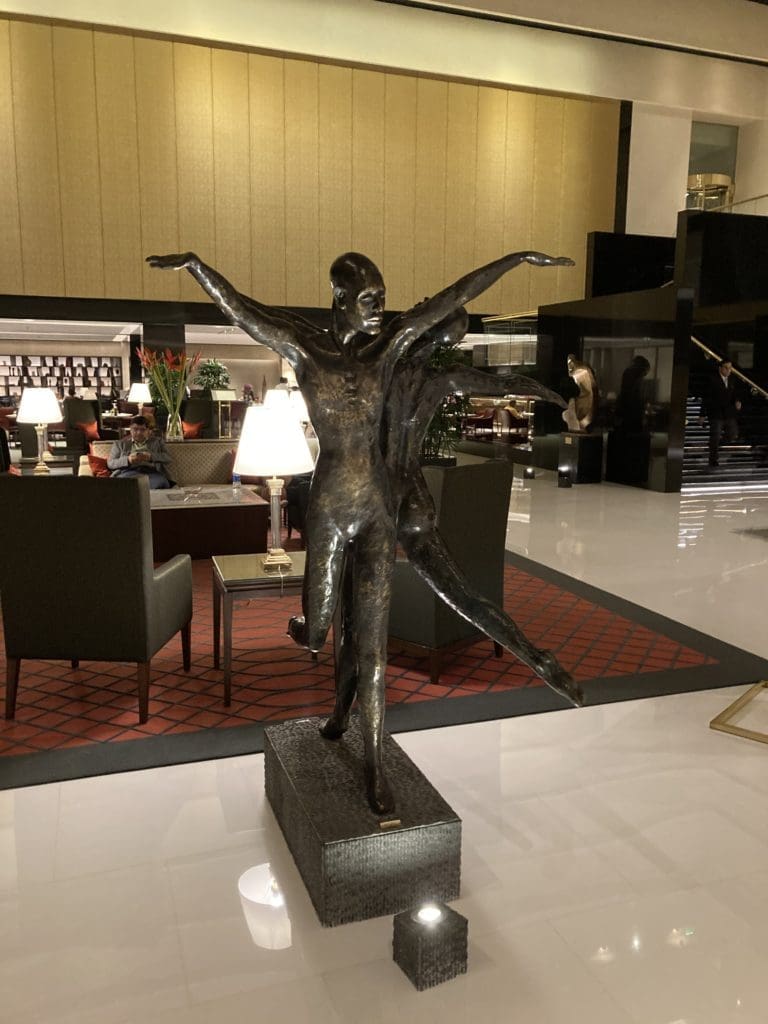

On the other side of this district, Marine Drive begins. It is a road that runs along the long beach facing the sea. Along the way there are also lots of hotels and we visited one of them, The Mirage. Very classy, with cool decor, good food and excellent service. I have to admit that I thought the service went a little too far when I got help with soap and drying my hands in the toilet.
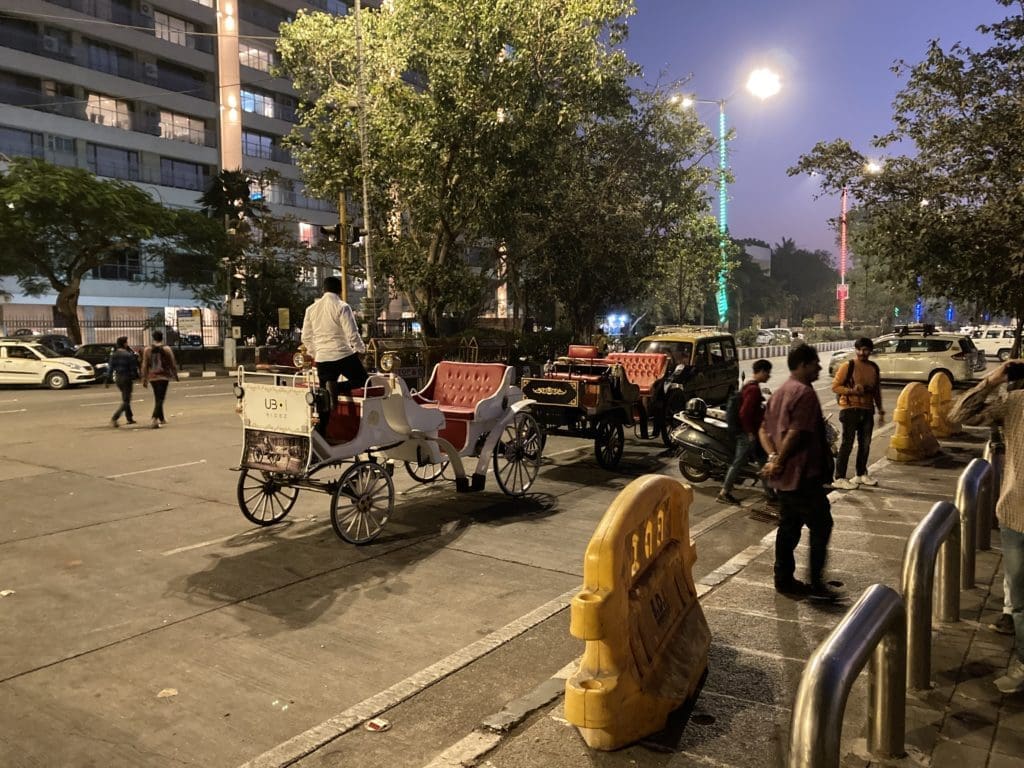
Outside the hotel we saw something a little special that we haven't seen anywhere else. There were lots of horse-drawn carriages on the street along the water, but we couldn't understand where all the horses had gone. It turned out that the carriages had been rebuilt to be powered by electricity so the horses had been replaced. Innovative!!

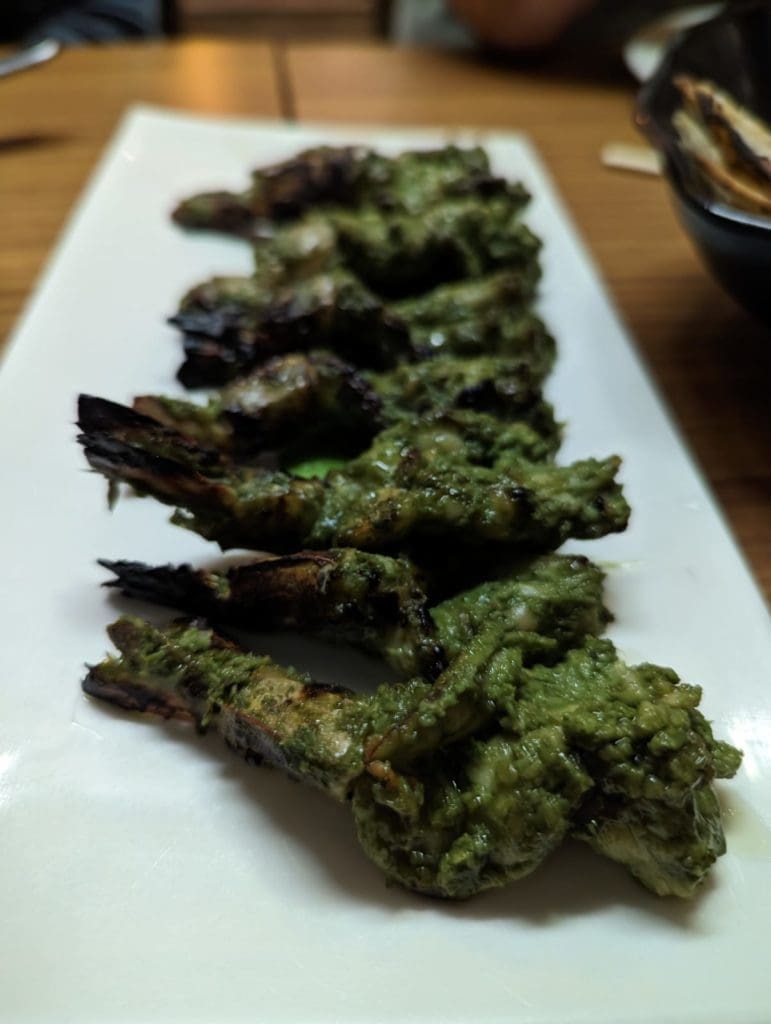


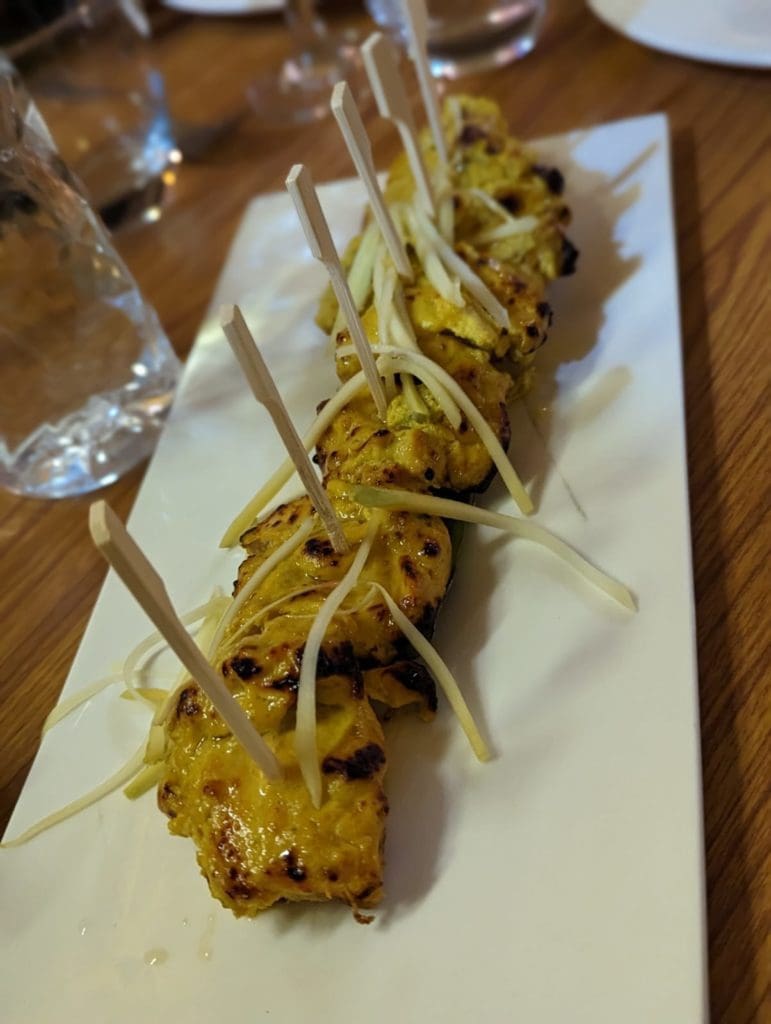
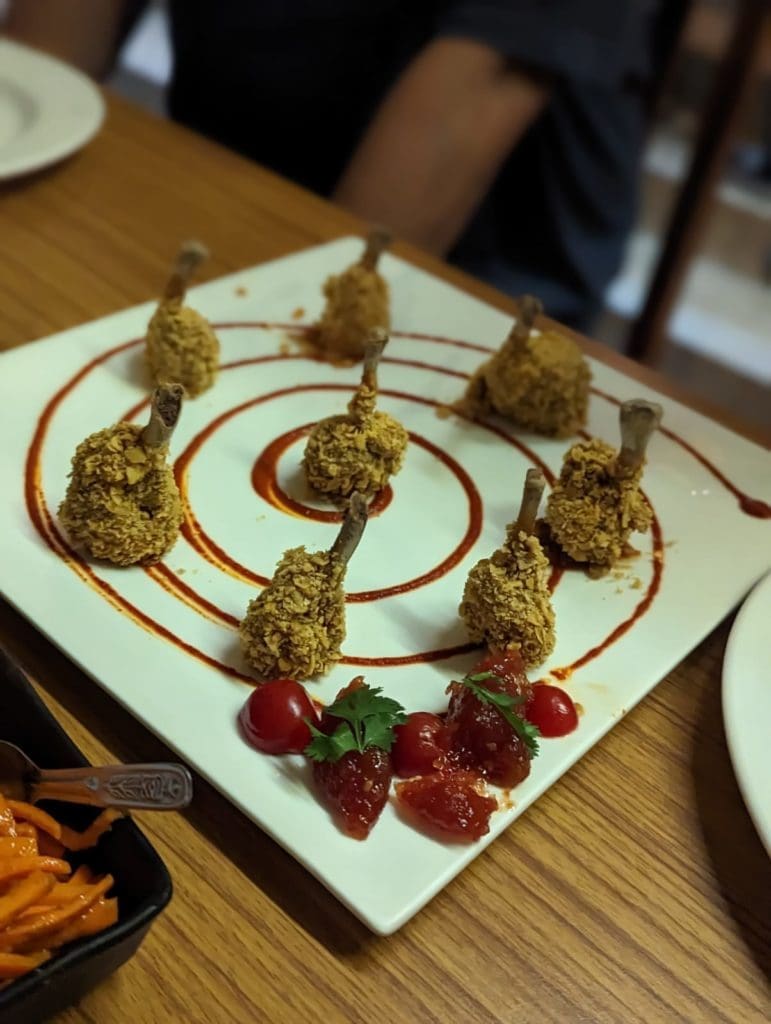
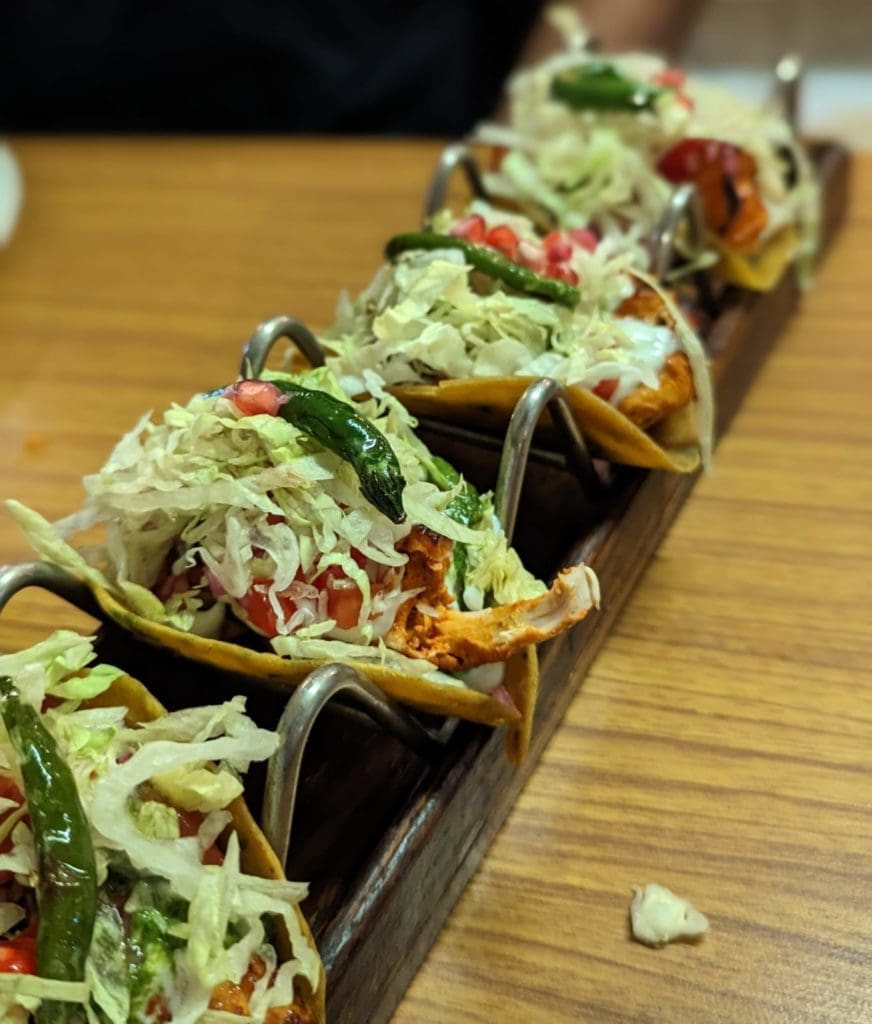
Then we have the food. Wherever we went, we ate absolutely fantastic food. The best food was clearly the local food, but just like in all big cities, all international cuisines are represented. We primarily explored Indian food, but if you want something different, there are, among other things, several high-class Italian restaurants.
Our absolute best dining experience was hands down Mirchi & Mime. The restaurant is unique in many ways, not least because all of the staff are deaf or mute, which meant that you had to order using sign language. In other words, it was an interesting dinner where you learned signs for various different dishes as well as some basic words. It was really special when the communication took place in silence while having one hundred percent focus on a single person. You were also given a small folder so that you would not forget what you learned during the evening.
Besides sign language, we also learned two other things at this restaurant: 1. When it says on the menu that it's extra strong, they don't exaggerate. 2. Appetizers are not like in Europe, ie. small dishes to whet the appetite, but rather a larger dish meant to be shared by everyone.

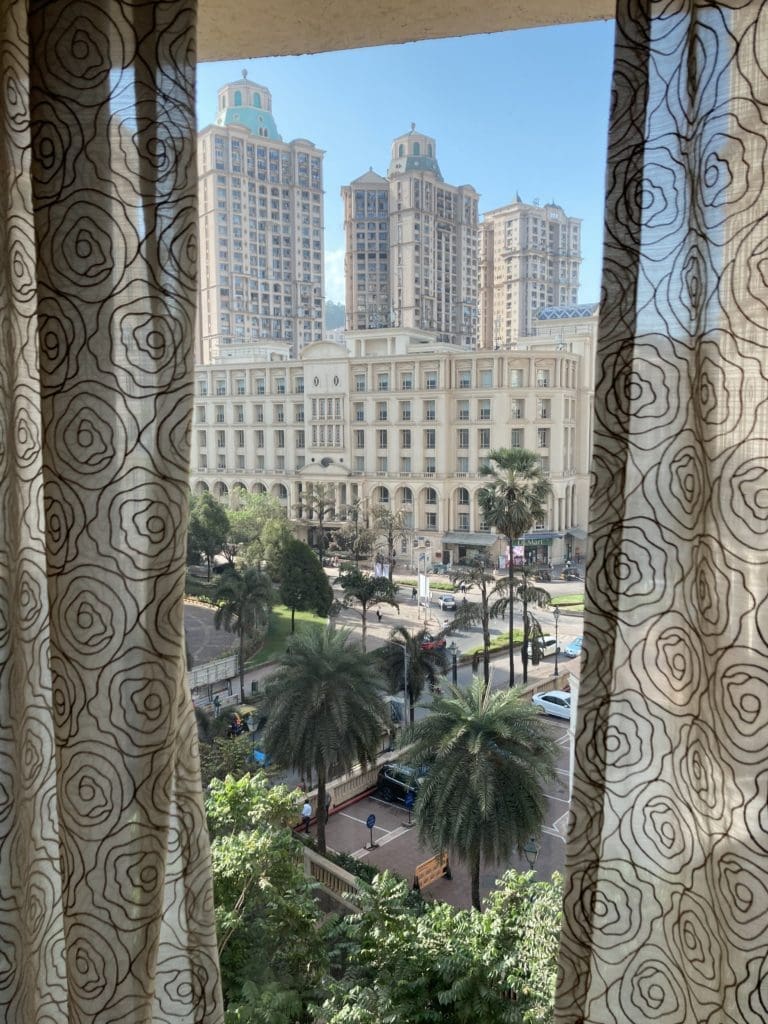


We lived on Meluha which belongs to a larger hotel chain, The Fern. It was in Powai which is a bit quieter part of Mumbai which we appreciated. The hotel had excellent service but at the same time felt a bit 80s with lots of marble and beige leather furniture and dark wood panels.
Something we didn't understand at the time was that the hotel's breakfast buffet was a bit unusual for India. Most hotels basically had the same food for breakfast as you eat for dinner, but at Meluha they also had some bread, pastries, yoghurt and omelette. We really like spicy food in all its forms but to be honest it was hard to get used to eating it for breakfast.
There was actually a bit of a funny episode in a hotel in Jaipur when an elderly Indian man came up to us during breakfast and recommended us to try the steamed bread. He must have noticed our wandering glances which perhaps revealed that we did not feel completely comfortable with the offer.

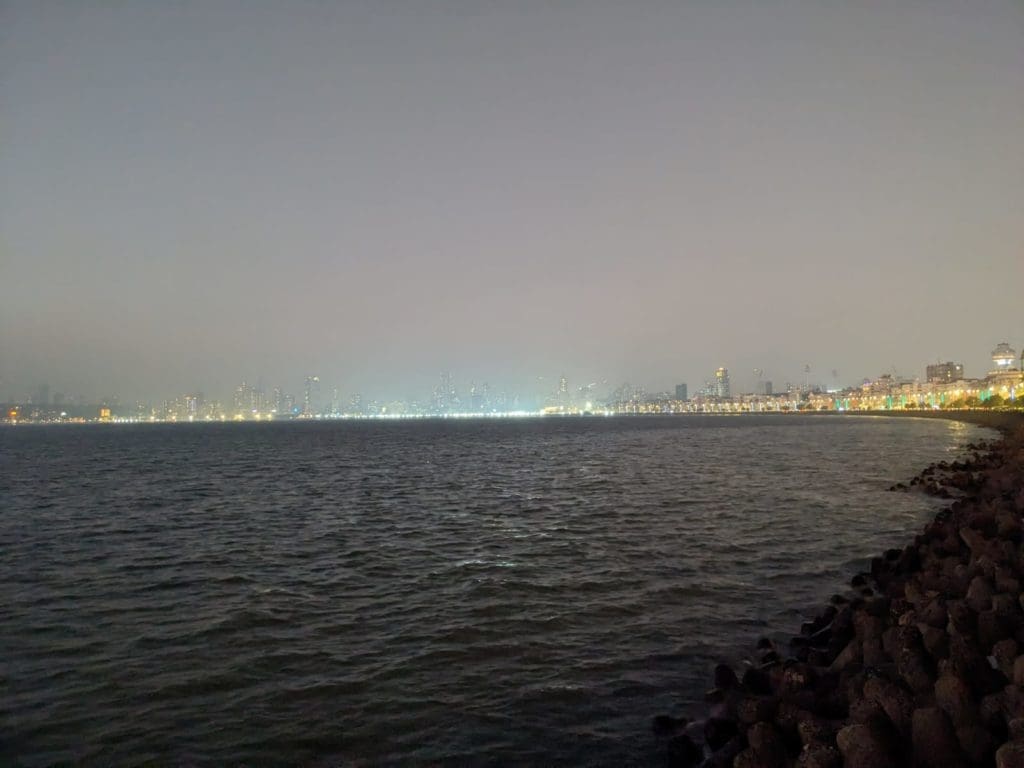

Mumbai is definitely a city of contrasts. You have modern skyscrapers crowded with old temples, the richest of the rich pass the poorest of the poor, shantytowns that spread out around the city, but as you can see in the pictures, there are also very scenic views.
How then should Mumbai be summed up? As we wrote in the introduction, it really is a symbol of the new India, where the old is allowed to wear off in favor of the new. It is a completely improbable pace to get to the future as quickly as possible and very little consideration is given to everything else. You can't help but be impressed by the development, but at the same time I wonder if future generations won't think that maybe you should have stopped a bit and thought about the consequences.
